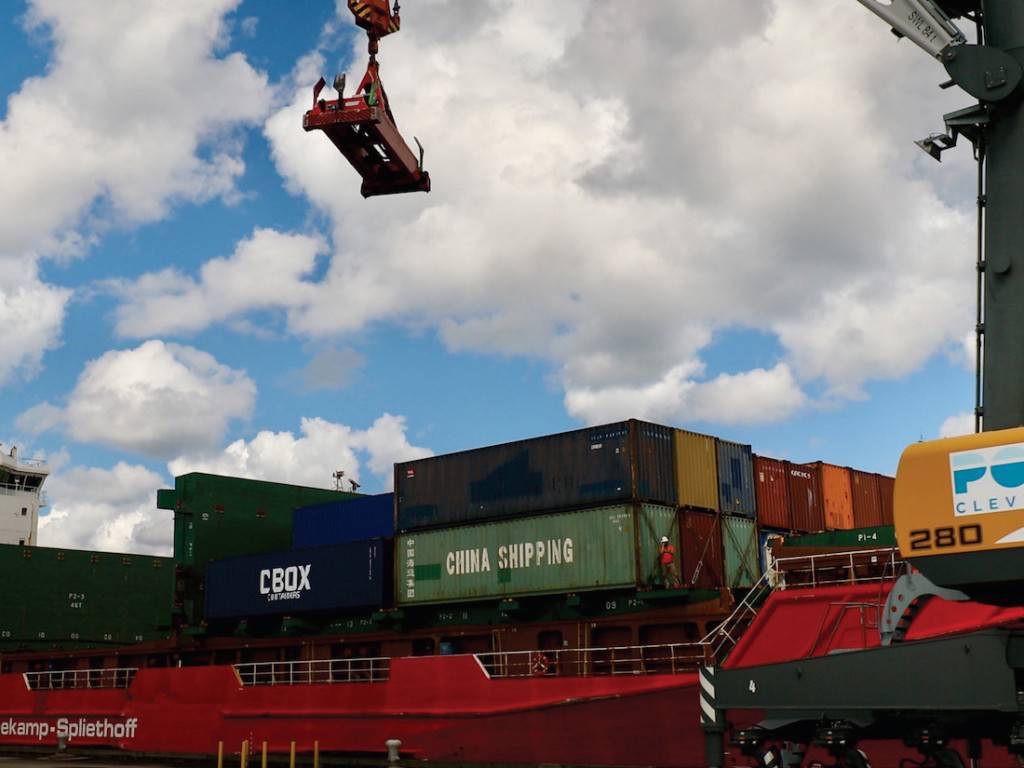
The Seaway had its ups and downs when it came to cargo in 2022, but, as a St. Lawrence Seaway Management Corporation (SLSMC) document observed, the waterway faced “many headwinds such as global supply chain issues, drought-reduced crops, geopolitical tensions, and market uncertainties.”
U.S. grain exports started strong and finished the season 5.9% or 0.08 tons above 2021 exports. Dry bulk cargo movements ended the season ahead of 2021 by 2.7% (0.31 tons), led by potash and salt shipments, up 112.8% (0.58 tons) and 15.8% (0.44 tons), respectively. Liquid bulk traffic increased by 8.8% or 0.28 tons compared to 2021, driven by a 27.4% spike in petroleum products.
On the negative side, Canadian grain movements decreased by 7.5%, or 0.70 metric tons, as drought reduced Canada’s Prairie crop and had a negative impact on exports during the first half of the season. Iron ore traffic finished off the year below 2021’s record results by 9.8%, at 0.67 tons. Coal movements trailed 2021 results by 16.3%, or 0.35 tons, and general cargo posted a decline of 21.8%, or 0.85 tons, led by a drop in steel and slab imports.
“Seaway traffic results show positive trends among certain commodities, which demonstrates our system’s ability to quickly adapt to changes in the market,” said Terence Bowles, president and CEO of the SLSMC.
The Cleveland-Cuyahoga County Port Authority, one of the largest ports in the Great Lakes-Seaway system, also showed mixed results, registering increases for general cargo and containerized goods and decreases in bulk tonnage.
“Our overall tonnage numbers indicate that the Port of Cleveland proved to be well-positioned to overcome the supply chain challenges the world faced in 2022,” said Dave Gutheil, chief commercial officer at the Port of Cleveland.
General cargo tonnage in 2022 totaled 525,486 metric tons, a jump from 421,755 metric tons in 2021 and ahead of the port’s five-year average of 402,886 metric tons. Containerized goods shipped to Cleveland more than doubled, at 9,978 TEUs, compared to 4,810 TEUs the prior year and well above the five-year average of 4,956 TEUs. These increases can be attributed to factors including high demand for steel in the local market, high transatlantic container demand, and favorable shipping rates, said Gutheil.
Congestion Creates Opportunity
Congestion at the U.S. coastal ports also created an opportunity for the Port of Cleveland to present itself as an alternative. While tonnage at the Cleveland Bulk Terminal rebounded during the second half of the 2022 season, the port moved 4,896,310 metric tons compared to 6,943,139 metric tons in 2021, and 8.1% below the five-year average of 5,327,938 metric tons. This decrease, according to Gutheil, is a result of ongoing maintenance on the furnace at Cleveland Cliffs’ steel mill.
In October of last year, the port was awarded a $27 million grant by the U.S. Department of Transportation’s (DOT) Port Infrastructure Development Program. The project will improve the port’s largest warehouse, continue the implementation of the Port Authority’s stormwater master plan, make electrification investments to prepare the port for zero emissions, and construct a new on-port maritime learning and resource center to prepare high school students for employment in the maritime industry.

Follow us on social media: